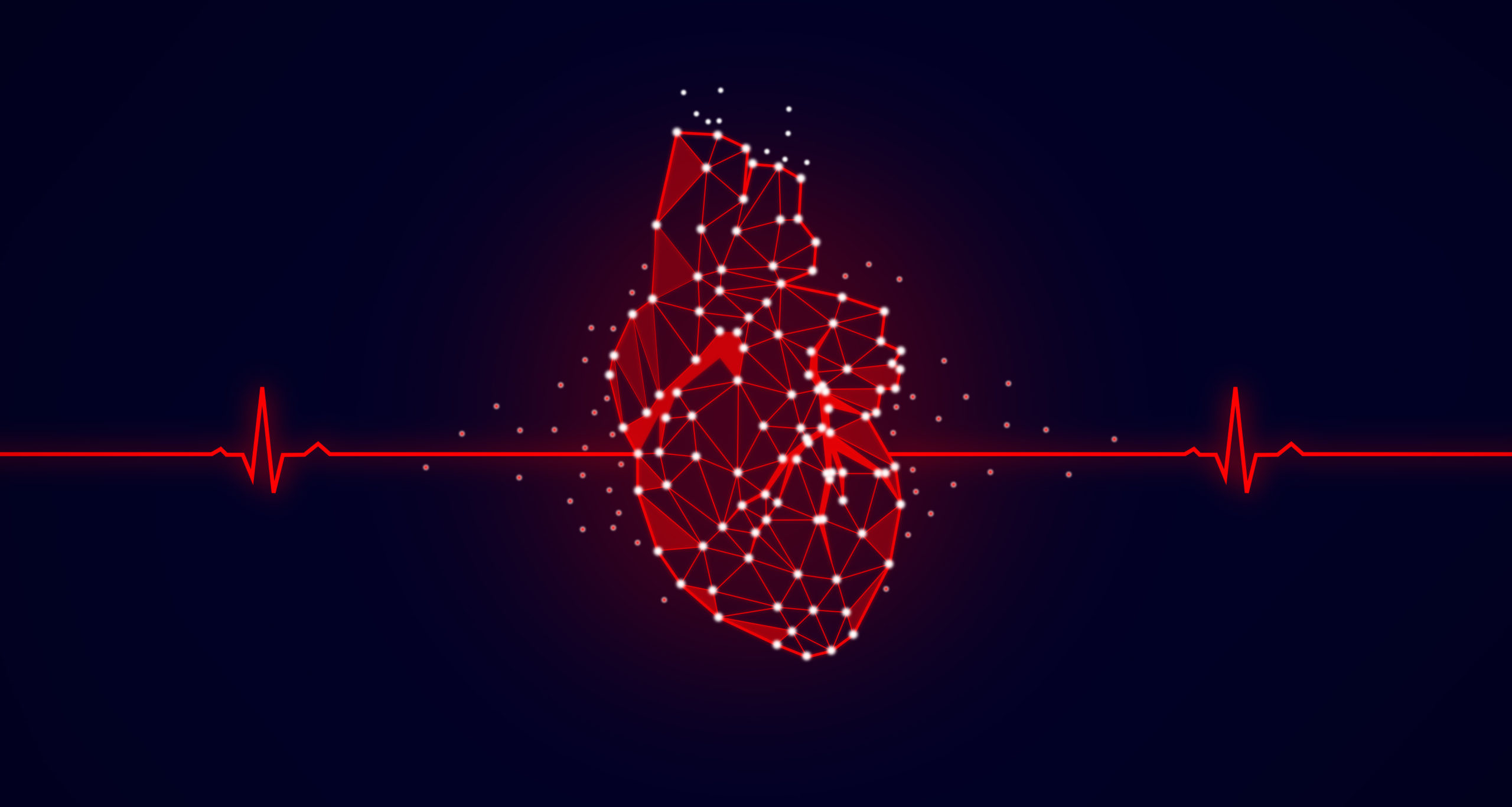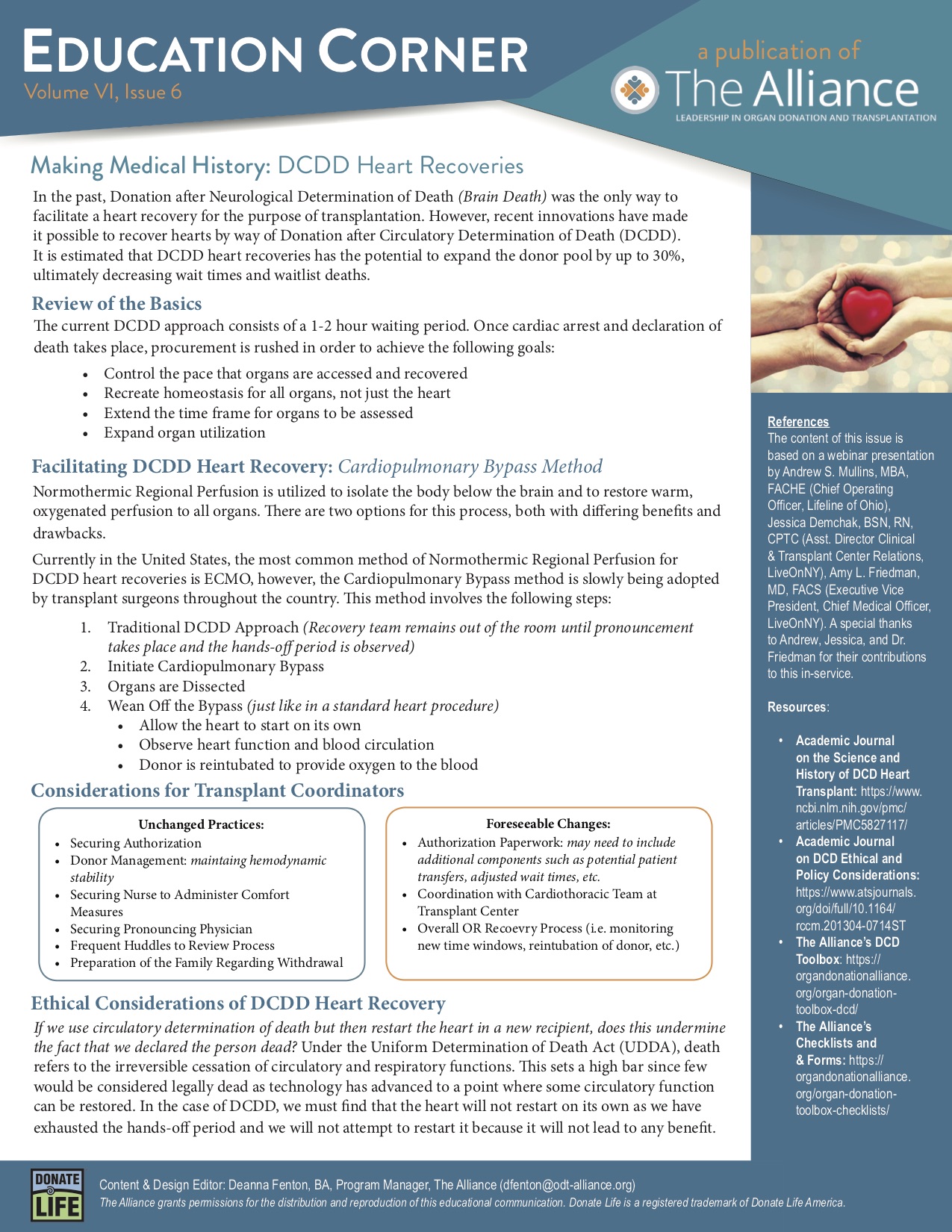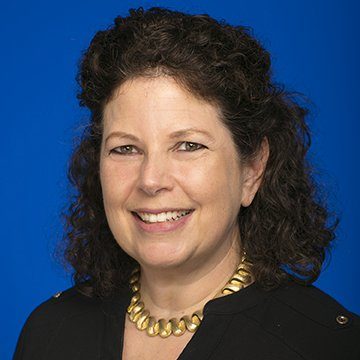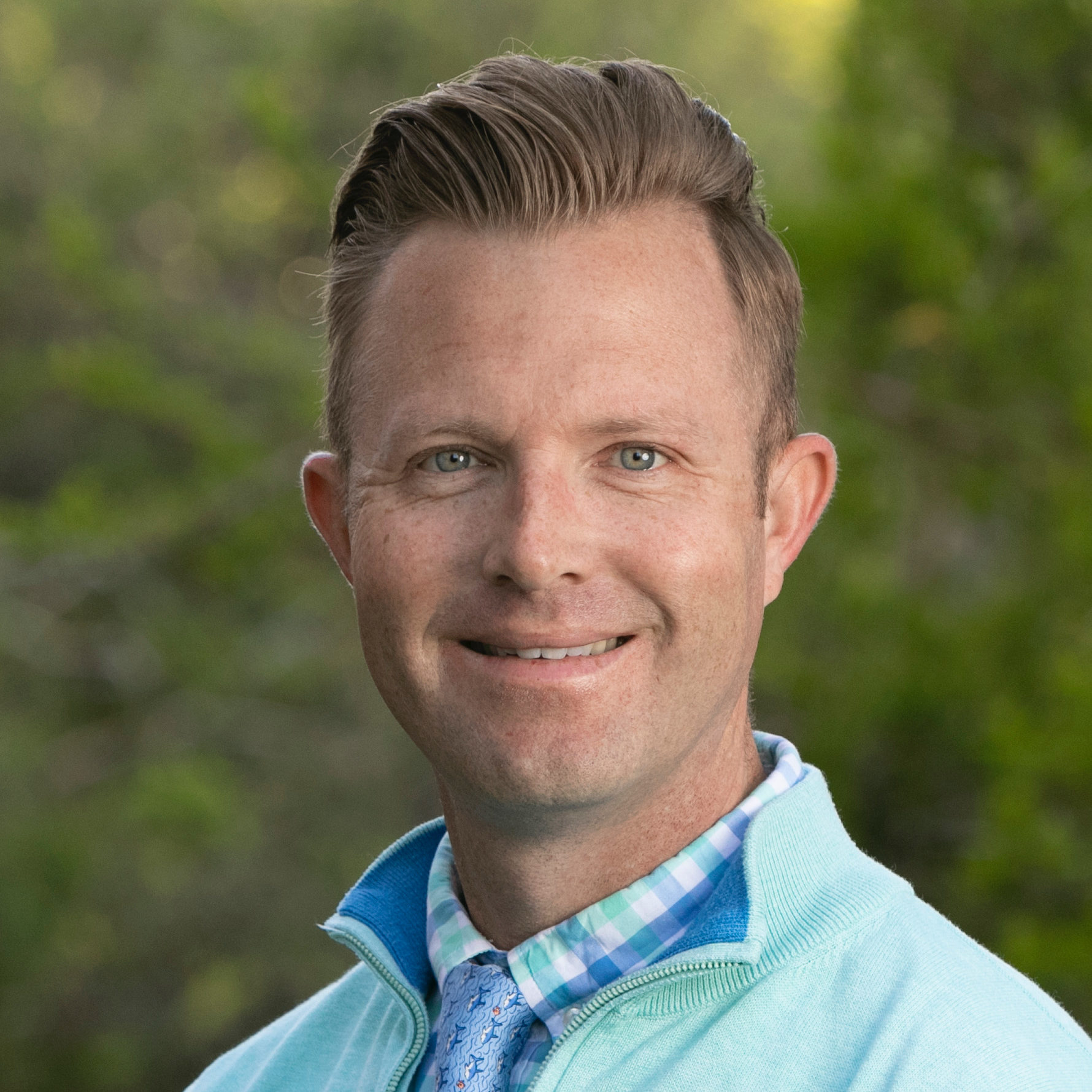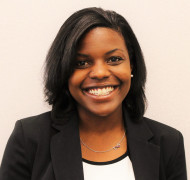In the past, Donation after Neurological Determination of Death (Brain Death) was the only way to facilitate a heart recovery for the purpose of transplantation. However, recent innovations have made it possible to recover hearts by way of Donation after Circulatory Determination of Death (DCDD). It is estimated that DCDD heart recoveries has the potential to expand the donor pool by up to 30%, ultimately decreasing wait times and waitlist deaths.
Review of the Basics
The current DCDD approach consists of a 1-2 hour waiting period. Once cardiac arrest and declaration of death takes place, procurement is rushed in order to achieve the following goals:
- Control the pace that organs are accessed and recovered
- Recreate homeostasis for all organs, not just the heart
- Extend the time frame for organs to be assessed
- Expand organ utilization
Facilitating DCDD Heart Recovery: Cardiopulmonary Bypass Method
Normothermic Regional Perfusion is utilized to isolate the body below the brain and to restore warm, oxygenated perfusion to all organs. There are two options for this process, both with differing benefits and drawbacks.
Currently in the United States, the most common method of Normothermic Regional Perfusion for DCDD heart recoveries is ECMO, however, the Cardiopulmonary Bypass method is slowly being adopted by transplant surgeons throughout the country. This method involves the following steps:
- Traditional DCDD Approach (Recovery team remains out of the room until pronouncement takes place and the hands-off period is observed)
- Initiate Cardiopulmonary Bypass
- Organs are Dissected
- Wean Off the Bypass (just like in a standard heart procedure)
- Allow the heart to start on its own
- Observe heart function and blood circulation
- Donor is reintubated to provide oxygen to the blood
Considerations for Transplant Coordinators
Unchanged Practices
-
- Securing Authorization
- Donor Management: maintaining hemodynamic stability
- Securing Nurse to Administer Comfort Measures
- Securing Pronouncing Physician
- Frequent Huddles to Review Process
- Preparation of the Family Regarding Withdrawal
Foreseeable Changes:
- Authorization Paperwork: may need to include additional components such as potential patient transfers, adjusted wait times, etc.
- Coordination with Cardiothoracic Team at Transplant Center
- Overall OR Recoevry Process (i.e. monitoring new time windows, reintubation of donor, etc.)
Ethical Considerations of DCDD Heart Recovery
If we use circulatory determination of death but then restart the heart in a new recipient, does this undermine the fact that we declared the person dead? Under the Uniform Determination of Death Act (UDDA), death refers to the irreversible cessation of circulatory and respiratory functions. This sets a high bar since few would be considered legally dead as technology has advanced to a point where some circulatory function can be restored. In the case of DCDD, we must find that the heart will not restart on its own as we have exhausted the hands-off period and we will not attempt to restart it because it will not lead to any benefit.
The content of this issue is based on a webinar presentation by Andrew S. Mullins, MBA, FACHE (Chief Operating Officer, Lifeline of Ohio), Jessica Demchak, BSN, RN, CPTC (Asst. Director Clinical & Transplant Center Relations, LiveOnNY), Amy L. Friedman, MD, FACS (Executive Vice President, Chief Medical Officer, LiveOnNY). A special thanks to Andrew, Jessica, and Dr. Friedman for their contributions to this in-service.




